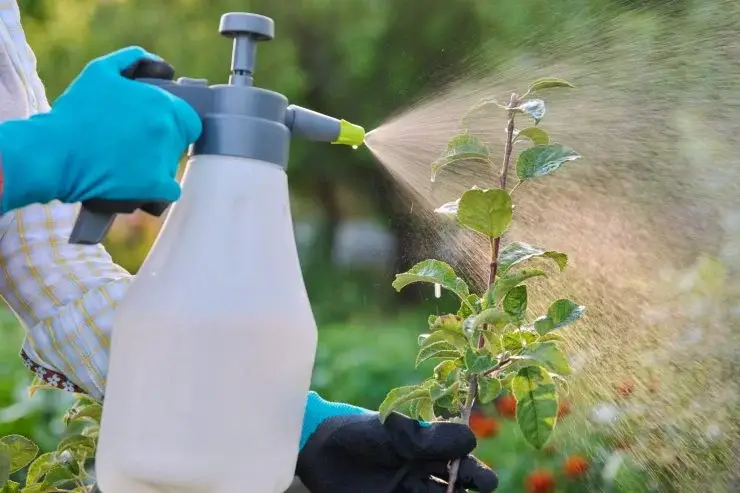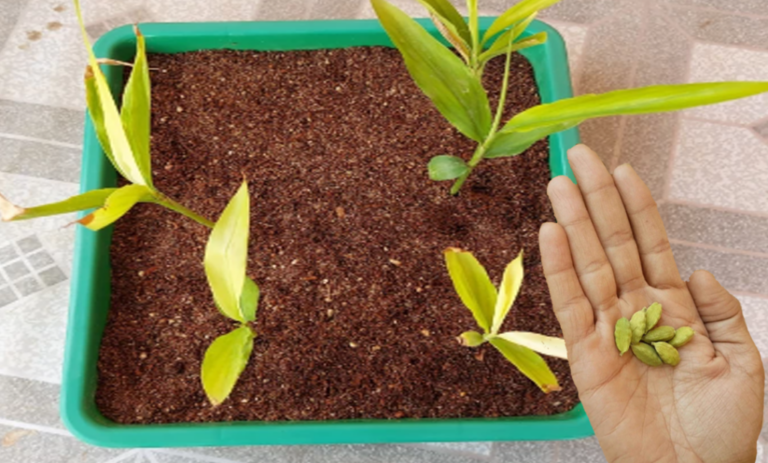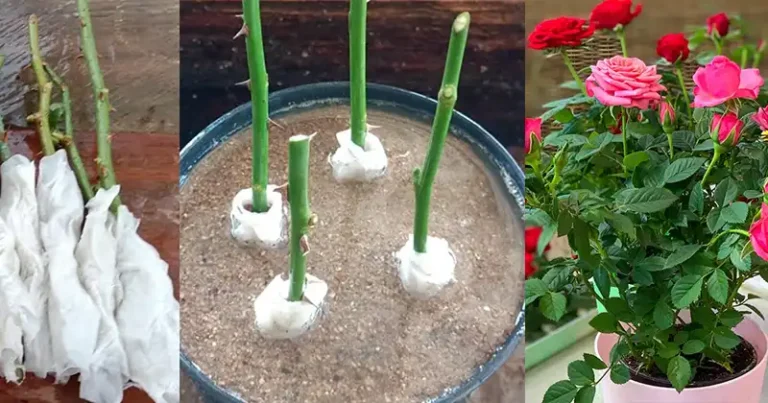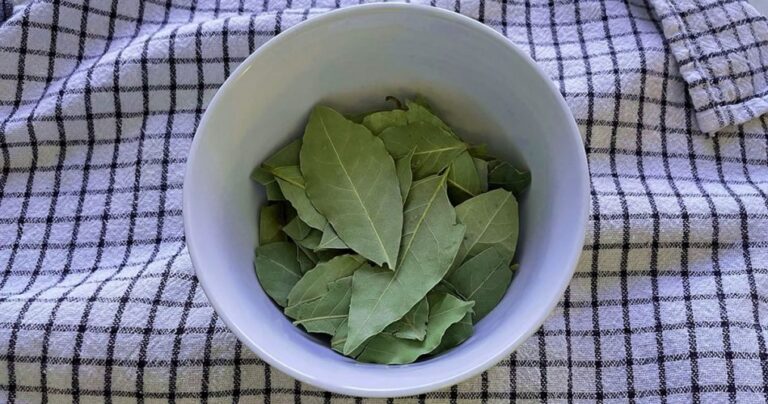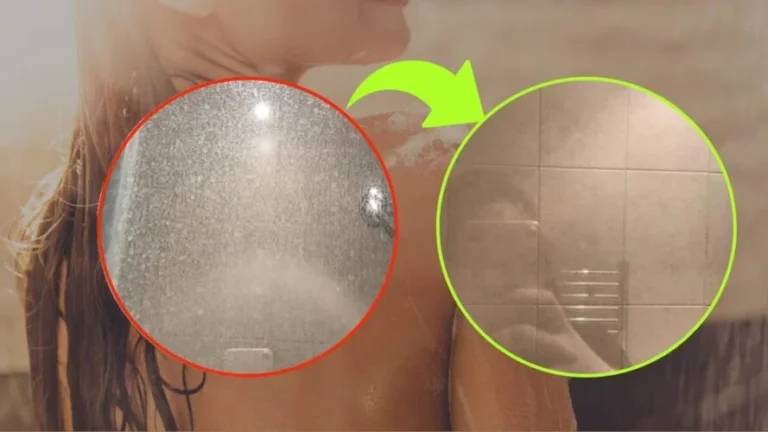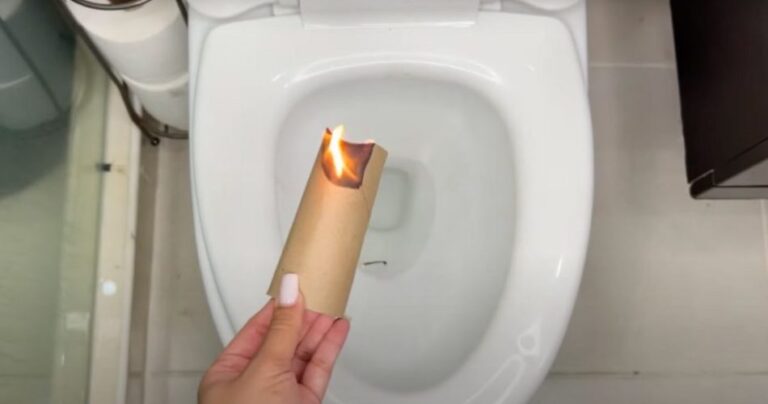Super homemade fungicide for plants: It’s non-toxic and easy to make!
Super homemade fungicide for plants: It’s non-toxic and easy to make!
DIY Fungicide for Plants – It’s Non-Toxic, But It’s Effective!
Now that nature is lush and in full bloom, we must think about preventing or remedying possible fungi on our wonderful plants. To encourage its proliferation, it is always the dreaded humidity. Too much rain, too much water in irrigation, and our vegetation is attacked and affected by these microorganisms that deplete it of vital substances and suffocate it.
There is a wide range of products on the market that can free us from the problem, but, as you can read on the packaging, you must then stay away from the area where you have applied them for 24/48 hours . If we live with small children or pets, the risks to their health are also double that to ours. In any case, the fact is that the chemical agents transported are toxic and harmful to us and the environment. It is better to opt for natural remedies.
If you think they can be a mild palliative compared to industrial ones, you are not on the right track. The methods that we are going to illustrate today belong to an ancient peasant tradition that has allowed agriculture first, and only later ornamental plants, to flourish, but in total respect of the ecosystem.
Let’s see how to do it!
DIY fungicide for ornamental plants, orchards and agricultural fields.
Fungi are bacteria, and the most powerful natural antibacterial is baking soda. It goes without saying that with its simple help we can free our plants, whatever they are, of any species and variety, from the presence and attack of these pests. Not only that, we can also prevent its appearance.
To make a really effective fungicide, let’s get:
- 1 teaspoon baking soda
- 1 liter of water (tap water or waste water, such as pasta or air conditioning water)
- 1 teaspoon of liquid neutral natural soap
- 1 x Nebulizer
Fill the bottle with water , add baking soda and soap , preferably Marseille, in its liquid version. Screw on the nozzle and shake vigorously, then spray the leaves, stems and roots of your greenery.
White vinegar is also an excellent repellent , but it should not be combined with baking soda, otherwise the antibacterial load will be canceled. However, it is activated when mixed with lemon juice.
Use both cigars in the following quantities:
- 1 liter of vinegar
- 1 heaping glass of filtered lemon juice.
Do not dilute the solution with water. Transfer the mixture to the spray bottle and spray it periodically on the plants in the garden, terrace or orchard.
Simple and effective, natural and non-toxic, its fungicide will allow you to live outdoors without danger.
